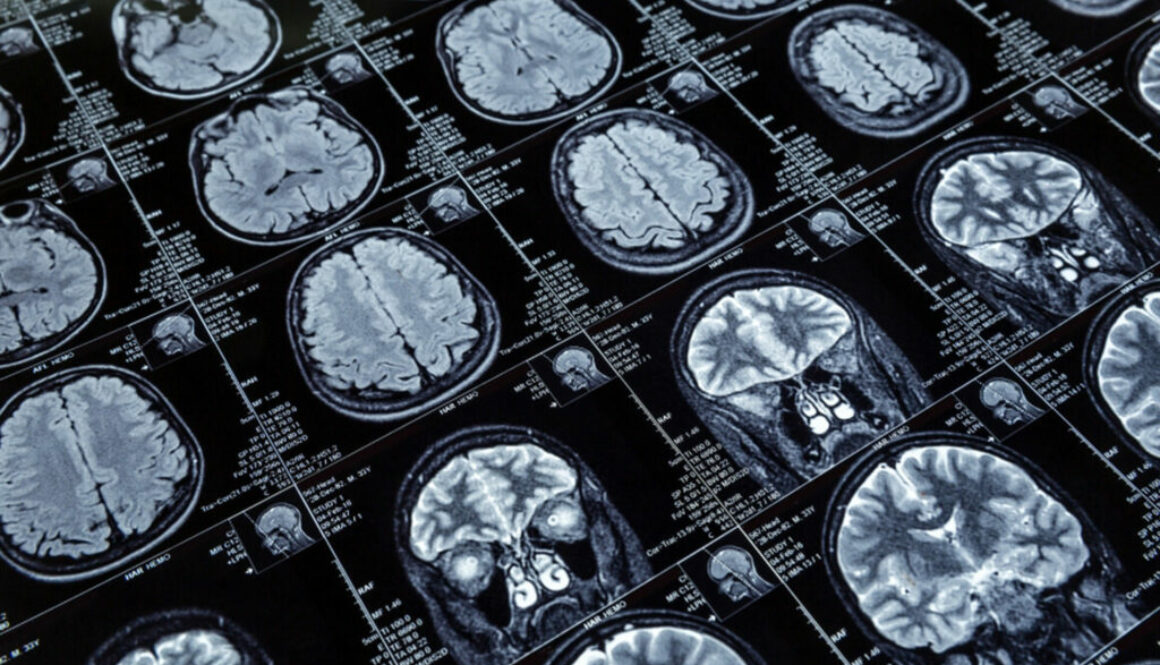A Guide to Diagnostic Imaging: Understanding Your Injury
When you’ve suffered an injury, whether it’s a sprain, a broken bone, a fracture, a pulled muscle, or even an internal injury due to blunt force trauma, the first step to getting back on your feet is receiving an accurate diagnosis. This is where diagnostic imaging plays a vital role.
In this article, we explore the different types of diagnostic imaging available and how they can help you on your road to recovery. Take a look!
X-rays
X-rays are the most commonly used form of diagnostic imaging. They are especially useful for identifying fractures, breaks, and other bone-related injuries. When you visit Victoria ER, our skilled and professional team can perform X-rays, allowing our physicians to see images of your bones and assess any potential damage. This painless and non-invasive method helps to confirm or rule out broken bones and fractures.
CT Scans
Computed Tomography (CT) scans, often referred to as CAT scans, are a more detailed form of imaging. They are ideal for detecting internal injuries that may not be visible through X-rays, such as injuries resulting from blunt force trauma. In a CT scan, multiple X-ray images are taken from different angles and then combined to create detailed cross-sectional images of the body. Victoria ER provides CT scans as part of our diagnostic imaging services, ensuring thorough assessment in case of any internal injuries.
Ultrasounds
Ultrasound imaging is a painless and radiation-free method used for assessing soft tissue injuries, such as muscle strains or sprains. It is particularly helpful in determining the extent of muscle damage. Victoria ER offers ultrasound services, which can be used to examine the affected area, giving our physician valuable insights into your injury.
The Role of Diagnostic Imaging
From sprains to broken bones to fractures and pulled muscle or even internal injuries, diagnostic imaging plays a crucial role in your treatment plan. Here’s how it helps:
Accurate Diagnosis
Diagnostic imaging helps our healthcare providers accurately diagnose your injury. It enables us to see what’s happening inside your body, ensuring the right treatment approach is taken.
Treatment Planning
Once the injury is diagnosed, our healthcare professionals can create a personalized treatment plan tailored to your specific condition. Whether it’s surgery, physical therapy, or rest, the treatment plan is designed to promote optimal healing for your body.
Victoria ER: Your Go-To Place for Diagnostic Imaging
Victoria ER is a one-stop destination for all your diagnostic imaging needs. We conveniently offer a range of imaging and laboratory services, including CAPS-Certified Stat Laboratory Testing, CT scans, Ultrasounds, and X-rays.
In short, regardless of your injury, we have the tools and expertise to provide a quick and accurate diagnosis.
Laboratory Testing Services
In addition to diagnostic imaging, Victoria ER offers a myriad of lab tests, including:
Cardiac Enzymes
Complete Blood Cell Counts
Urine Drug Screens
Urinalysis
Liver Panels
Complete Metabolic Profiles
Pregnancy Tests
Strep Testing
Mononucleosis Testing
Respiratory Syncytial Virus (RSV) testing
Influenza Testing
Rapid COVID-19 Testing
Visit Victoria ER Today
When you’ve experienced an injury, understanding the role of diagnostic imaging is crucial for your recovery. X-rays, CT scans, and ultrasounds can provide detailed insights into your injury, ensuring you receive the right treatment.
Remember, Victoria ER offers a comprehensive range of imaging and laboratory services to assist you on your journey to healing. You can rely on us 24/7, and you never have to worry about waiting or scheduling an appointment. Don’t hesitate to visit us—as needed—for professional and efficient care.

